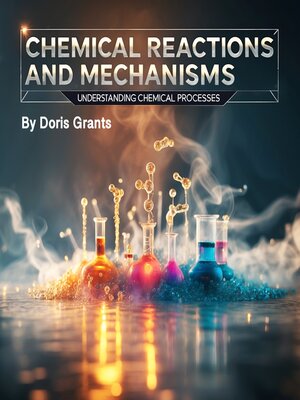Chemical Reactions and Mechanisms
audiobook (Unabridged) ∣ Understanding Chemical Processes
By Doris Grants

Sign up to save your library
With an OverDrive account, you can save your favorite libraries for at-a-glance information about availability. Find out more about OverDrive accounts.
Find this title in Libby, the library reading app by OverDrive.



Search for a digital library with this title
Title found at these libraries:
| Library Name | Distance |
|---|---|
| Loading... |
Chemical reactions are fundamental processes that define the transformation of matter. At their core, these reactions involve the breaking and forming of chemical bonds, resulting in new substances with different properties from the original materials. Every physical change in the universe, from the rusting of iron to the digestion of food, can be traced back to chemical reactions.
One of the primary ways to identify a chemical reaction is by observing signs of change. These signs include the release or absorption of heat, the formation of gas, a change in color, or the production of a precipitate. While these indicators suggest a reaction has occurred, the true test lies in the rearrangement of atoms. In a chemical reaction, the total number of atoms remains constant, but their arrangement shifts to form new substances, following the principle of the conservation of mass.
Chemists classify reactions based on the pattern in which substances interact and transform. The five main types include synthesis, decomposition, single replacement, double replacement, and combustion reactions. In synthesis reactions, two or more simple substances combine to form a more complex product. Decomposition reactions do the opposite, breaking down compounds into simpler substances. Single and double replacement reactions involve the exchange of components between compounds, while combustion reactions typically involve a substance reacting rapidly with oxygen to produce heat and light.






